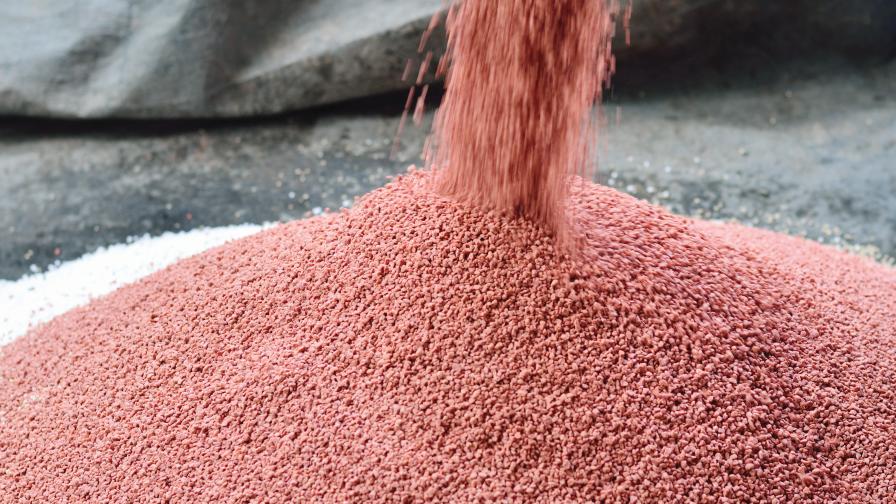EU MRL Harmonization Moves Forward
The current situation is characterized by a dual system where EU and national MRLs for pesticides coexist. Until now, MRLs for pesticide residues have only been set at the EU level for about 150 crop protection products. All the other unharmonized MRLs of certain crop/pesticide combinations are currently covered by Member State legislation.
This published list is a template of Annex III of Regulation 396/2005. Regulation 396/2005 is the new framework regulation that will lead to the harmonization of the MRLs of pesticide residues that will apply EU-wide and will replace the Directives that are currently in force. The regulation will only enter into force six months after adoption of the four annexes. Until such time, the national MRL of each Member State for each pesticide/crop combination remains in force, and operators and stakeholders should comply with the relevant national legislation.
The four annexes consist of:
- Annex I: List of products and product groups for which harmonized MRLs will apply;
- Annex II: ‘Definitive’ tolerances which have been considered at EU level. This annex will include the EU MRLs that are included in the EU directives that apply currently;
- Annex III: Temporary MRLs;
- Annex IV: List of Active Ingredients for which no MRLs are required
The framework Regulation was published in March, 2005. The Regulation will probably not enter into force mid-2007 as expected, since all of the four Annexes have not been completed yet.
Annex I is the only one of the four annexes of Regulation 396/2005 that has been officially completed so far by Regulation 178/2006 because it is the model for the other annexes. Annex I lists the food and feed products to which maximum levels for pesticide residues apply. It introduces the different crop/pesticide combinations for which harmonized MRLs need to be established.
The development of Annex III started after completing Annex I by compiling the necessary information. All the member States were requested by the Commission to send in the applicable national MRLs for all these crop/pesticide combinations. National MRLs in force on May 1, 2006 were used for the preparation of the list.
From this data, a draft-harmonized list was created maintaining the highest MRL for each crop/active substance combination and a reference to the Member State where it is applicable. These MRLs will become ‘temporary’ MRLs once they are included into Annex III of the Regulation. The temporary MRLs can be transferred to the ‘definitive’ list depending on the outcome of risk assessment by the European Food and Safety Authority (EFSA). Annex II will include a ‘definitive’ list of MRLs and will be composed from MRLs that have already been harmonized at EU level, as most of them are expected to be.
These currently unharmonized national MRLs also include import tolerances. An exporter needs to obtain an import tolerance if no EU legislation is in place and when there is no national MRL in force in the importing Member State, which reflects Good Agricultural Practices from third countries. Import tolerances are currently covered by Member State legislation and a product can be marketed when an import tolerance is set. The fact that the import tolerances will be harmonized is an advantage to exporters, since import tolerances are not automatically valid in other or all the Member States. It will facilitate trade for importers wishing to market products in multiple EU Member States.
Some products, such as azinphos-methyl, appear in both tables. For the products that appear in both tables, ‘trading standards’ are in force rather than ‘health standards’. Under the ‘trading standards approach’, which was abandoned in the 1980s, Member States were authorized to set higher levels than the harmonized EU levels. When the trading standards were reviewed and became health standards, Member States were no longer authorized to maintain higher MRL levels. However, these adjustments have not yet been made in all cases in all Member States. For this reason, MRL values for these substances could appear in both lists (such as azinphos-methyl).
Besides these trading standards, a technical problem that occurred also lead to a lot of confusion. This list was first published on the Commission web site mid-September. After opening and consulting the list, it seemed that the values of the MRLs were incorrectly displayed. Fortunately, the problem was only caused by country specific variations in computer settings. The computer settings as well as the macros within the list caused some discrepancies resulting in incorrect displayed MRL values. The list on the website has been updated recently to solve this problem and instructions were added to the web site notifying that the macros have to be enabled to avoid any further problems.





